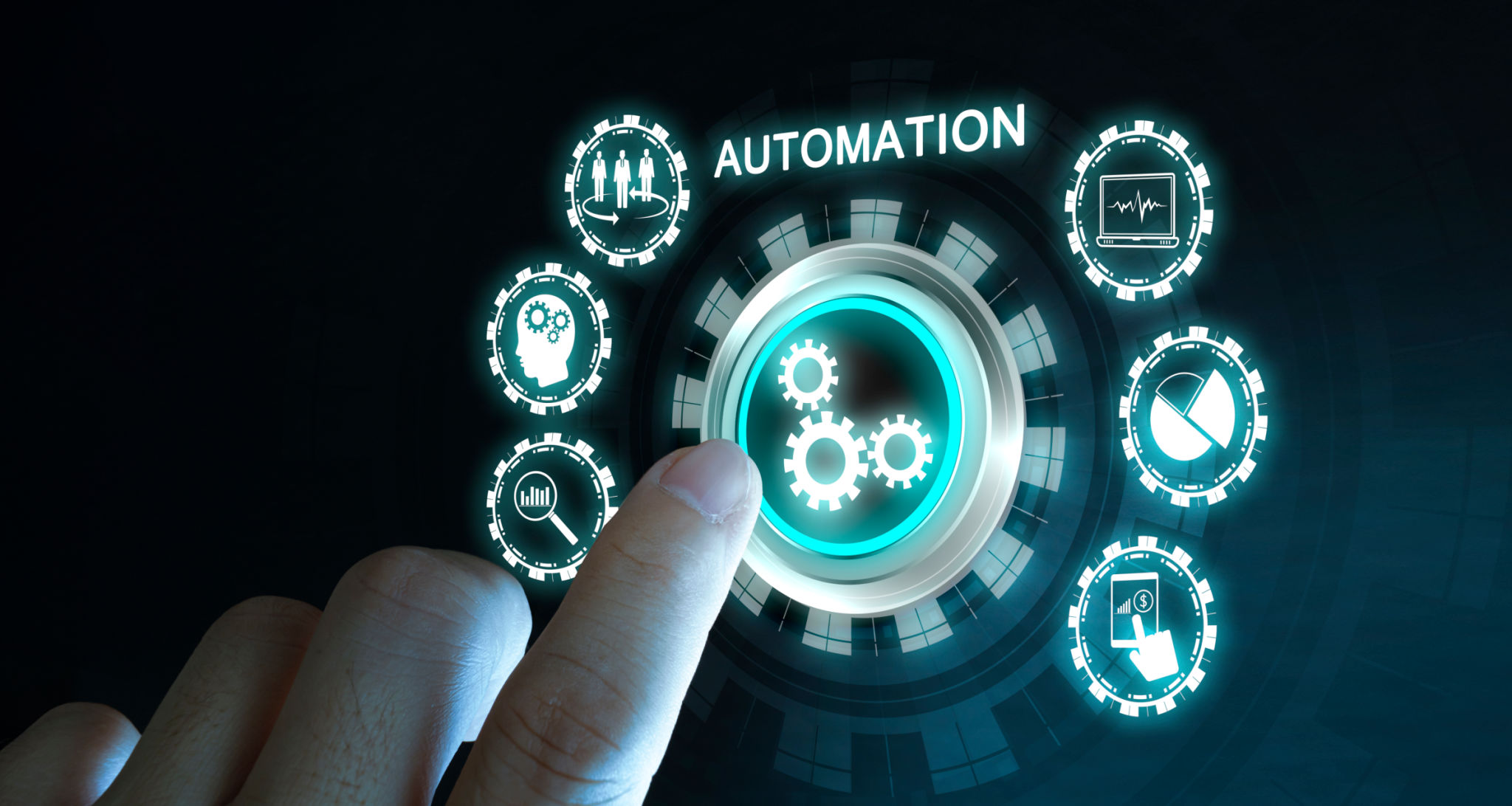Beginner's Guide to Marketing Automation: Tools and Techniques
Understanding Marketing Automation
Marketing automation refers to the use of software platforms and technologies designed to automate repetitive marketing tasks. This not only streamlines your marketing efforts but also allows you to deliver more personalized experiences to your audience. Whether you're a small business owner or part of a larger marketing team, embracing marketing automation can significantly boost your productivity and efficiency.

Key Benefits of Marketing Automation
One of the primary advantages of marketing automation is the ability to nurture leads more effectively. By automating your email campaigns, social media posts, and other customer interactions, you can maintain engagement with potential and existing customers without constant manual input. This consistency helps in building stronger relationships and converting leads into loyal customers.
Furthermore, marketing automation provides valuable insights into customer behavior. With detailed analytics and reporting features, you can track the success of your campaigns, understand what resonates with your audience, and make data-driven decisions to optimize future marketing efforts.
Essential Tools for Beginners
When starting with marketing automation, selecting the right tools is crucial. There are numerous platforms available, each offering unique features tailored to different business needs. Some popular tools to consider include:
- HubSpot: Known for its user-friendly interface, HubSpot offers a comprehensive suite of automation tools, including email marketing, social media management, and CRM integration.
- Mailchimp: Ideal for small businesses, Mailchimp provides email marketing automation with easy-to-use templates and advanced analytics.
- ActiveCampaign: This tool combines email marketing, sales automation, and CRM capabilities, making it a versatile choice for growing businesses.

Techniques to Maximize Automation Efficiency
To get the most out of your marketing automation efforts, it's essential to implement effective techniques. First, segment your audience based on demographics, behavior, or purchase history. This allows you to tailor content and offers specifically to each group, increasing engagement and conversion rates.
Additionally, set up automated workflows that guide leads through the customer journey. By defining triggers and actions for various customer interactions, you can ensure timely responses and relevant content delivery. Regularly reviewing and refining these workflows will help maintain their effectiveness over time.
Measuring Success in Marketing Automation
Determining the success of your automated marketing campaigns involves analyzing key metrics. Monitor your open rates, click-through rates, conversion rates, and return on investment (ROI) to assess campaign performance. These metrics provide insights into what's working well and what areas may require adjustment.
It's also important to gather feedback from your audience. Use surveys or direct interactions to understand their experience with your automated communications. This feedback can be invaluable in refining your strategies and ensuring they align with customer expectations.

The Future of Marketing Automation
As technology continues to evolve, so does the potential of marketing automation. Artificial intelligence (AI) and machine learning are becoming integral components of these platforms, enabling even more precise targeting and personalization. Staying informed about these advancements will ensure your business remains competitive in a rapidly changing landscape.
In conclusion, marketing automation is a powerful tool that can transform how you engage with your customers. By understanding its benefits, selecting the right tools, and implementing effective techniques, you can enhance your marketing strategy and drive significant growth for your business.